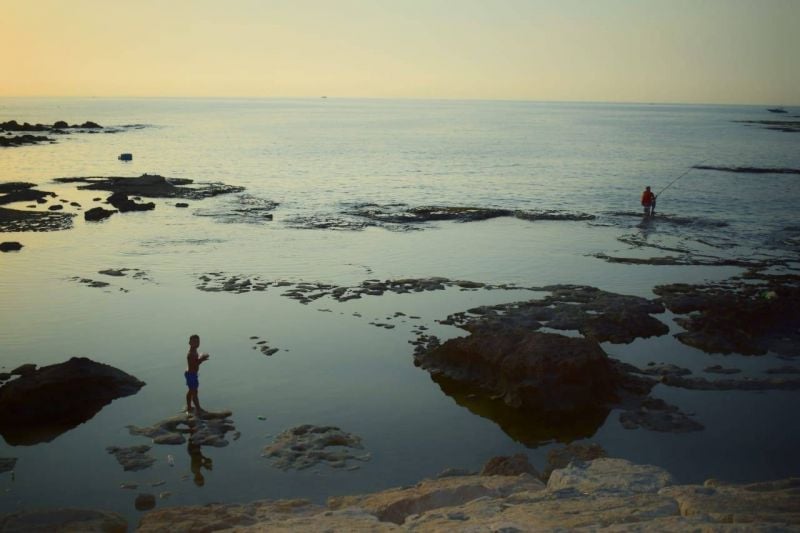
While the new report highlights some concerning levels of bacteria arising from untreated sewage in some coastal areas, the overall findings provide reassurance for beachgoers. (Credit: João Sousa/L'Orient Today)
As the summer unleashes its high temperatures, many citizens are eagerly seeking the perfect beach to take a refreshing dip in Lebanon's coastal waters. The latest water quality index reveals that sixty percent of surveyed Lebanese beaches provide safe conditions for swimming.
The long-awaited annual report, compiled by the National Center for Marine Studies at the National Council for Scientific Research (CNRS-L), offers water quality assessments of 37 public beaches throughout the country, spanning from Akkar in the north to Naqoura in the south.
While the report highlights some concerning levels of bacteria (streptococci and fecal coliforms) arising from untreated sewage in some coastal areas, the overall findings provide reassurance for beachgoers.
In keeping with the methodological plan of the United Nations program, monthly samples are taken year-round capture the dynamic changes in water quality at each site. While chemical pollution is not extensively tested for, due to resource limitations, samples are collected from public beaches near factories along the coastline.
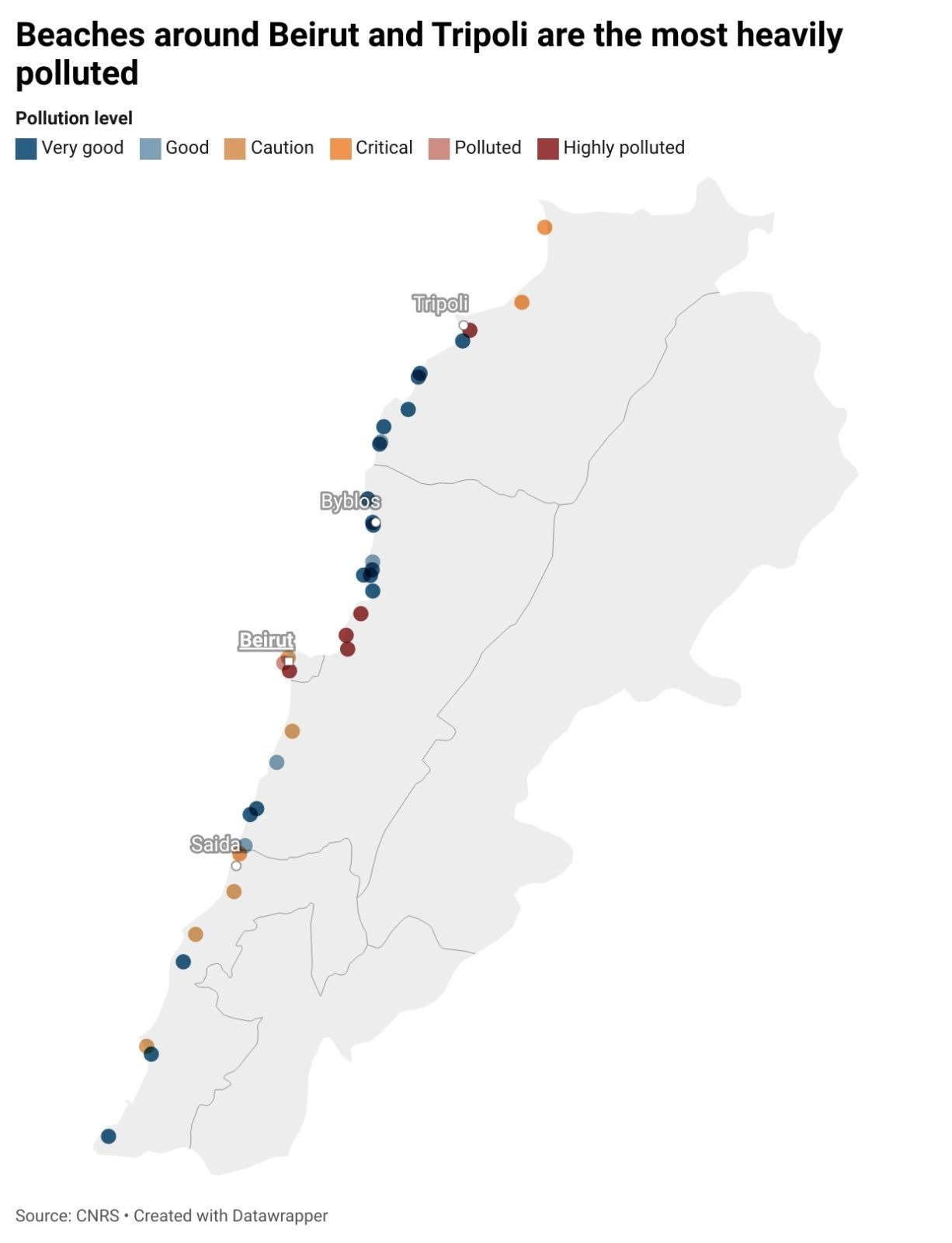
Of the monitored sites, 22 demonstrate water quality ranging from "good" to "very good," meaning 60 percent of the surveyed beaches are ideal locations to enjoy a swim. However, two sites fewer received this rating compared to last year.
Meanwhile, nine spots were marked as “caution” or “critical” while six were labeled “dangerous” or “highly polluted” — the majority of which are between Beirut and Dbayeh.
Beaches marked ‘good’ to ‘very good’
The recommended areas are scattered throughout the coastline, offering options for every beach lover.
In the north, beaches marked “good” to “very good” include: Anfeh, Chekka, Batroun, Amchit, al-Heri, Jbeil, Fidar, Bouar, Oqaibeh, Safra, Jounieh (Maameltein beach only; the public beach is among the sites to be avoided) and Tripoli (specifically, a beach near the municipal stadium; the main public beach in Tripoli is polluted).
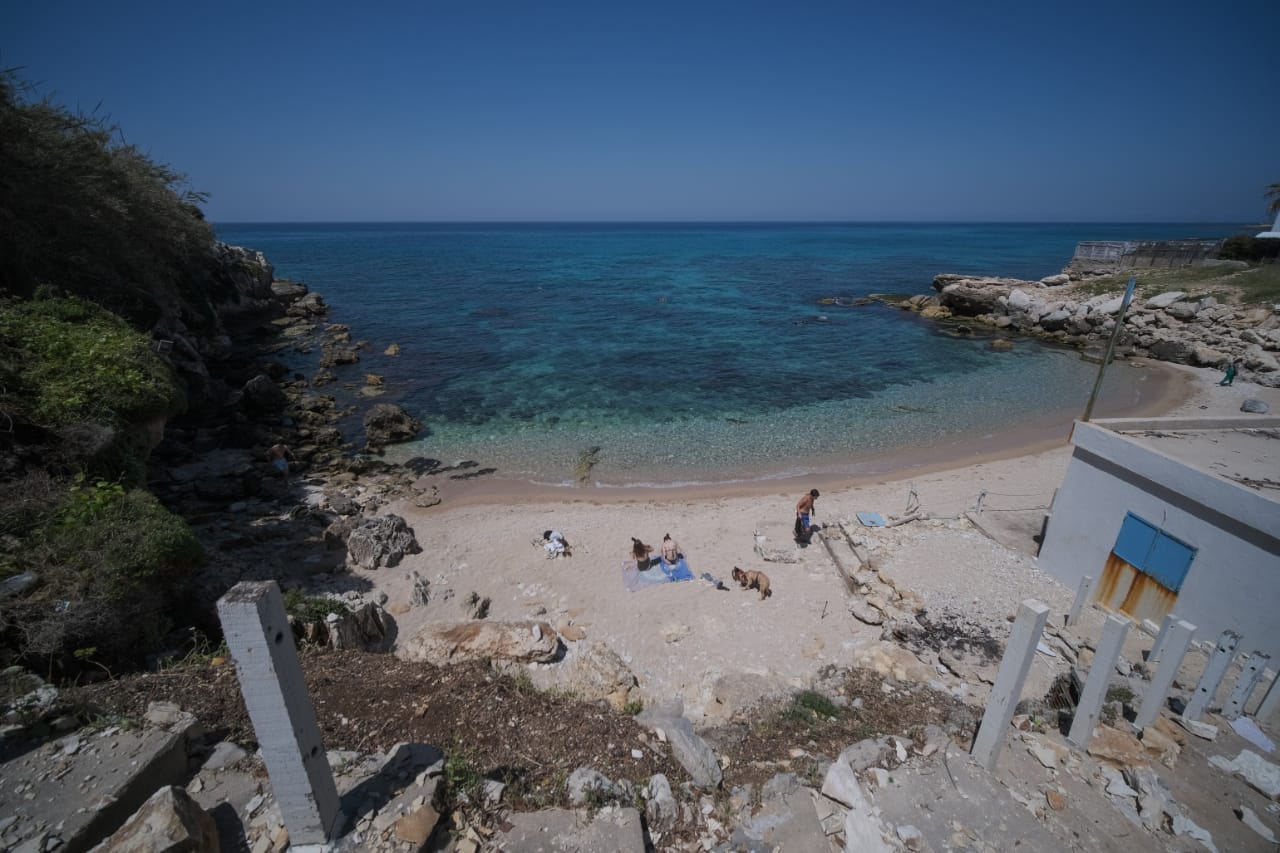 Of the monitored sites, 22 demonstrate water quality ranging from "good" to "very good." (Credit: João Sousa/L'Orient Today)
Of the monitored sites, 22 demonstrate water quality ranging from "good" to "very good." (Credit: João Sousa/L'Orient Today)
Heading south, the beaches of Damour, Jiyyeh, Rmeileh, Adloun, Awali, Naqoura, and Sour are safe for swimming in par with the CNRS report, bearing in mind that one site in Sour is bacteriologically polluted while the other has excellent water quality.
No beaches in Beirut were deemed safe for swimming this year.
Beaches to be cautious of, or avoid entirely
The study identifies a few areas that should be avoided due to higher pollution levels.
The Beirut-Dbayeh section of the coast is of particular concern, with Antelias beach deemed unsuitable for bathing.
Other areas to steer clear of include Ramlet al-Baida public beach and Manara in Beirut, as well as the coastline near Ain al-Mreisseh.
After enjoying a "very good" to "good" rating over the past five years, Ain al-Mreisseh shifted into the "critical" category this year, demanding caution to be exercised when swimming.
Other beaches to be cautious of are: Saida, Sarafand, Ghaziyeh, and Khaldeh in southern Lebanon, as well as Minieh and Qlayaat in northern Lebanon.
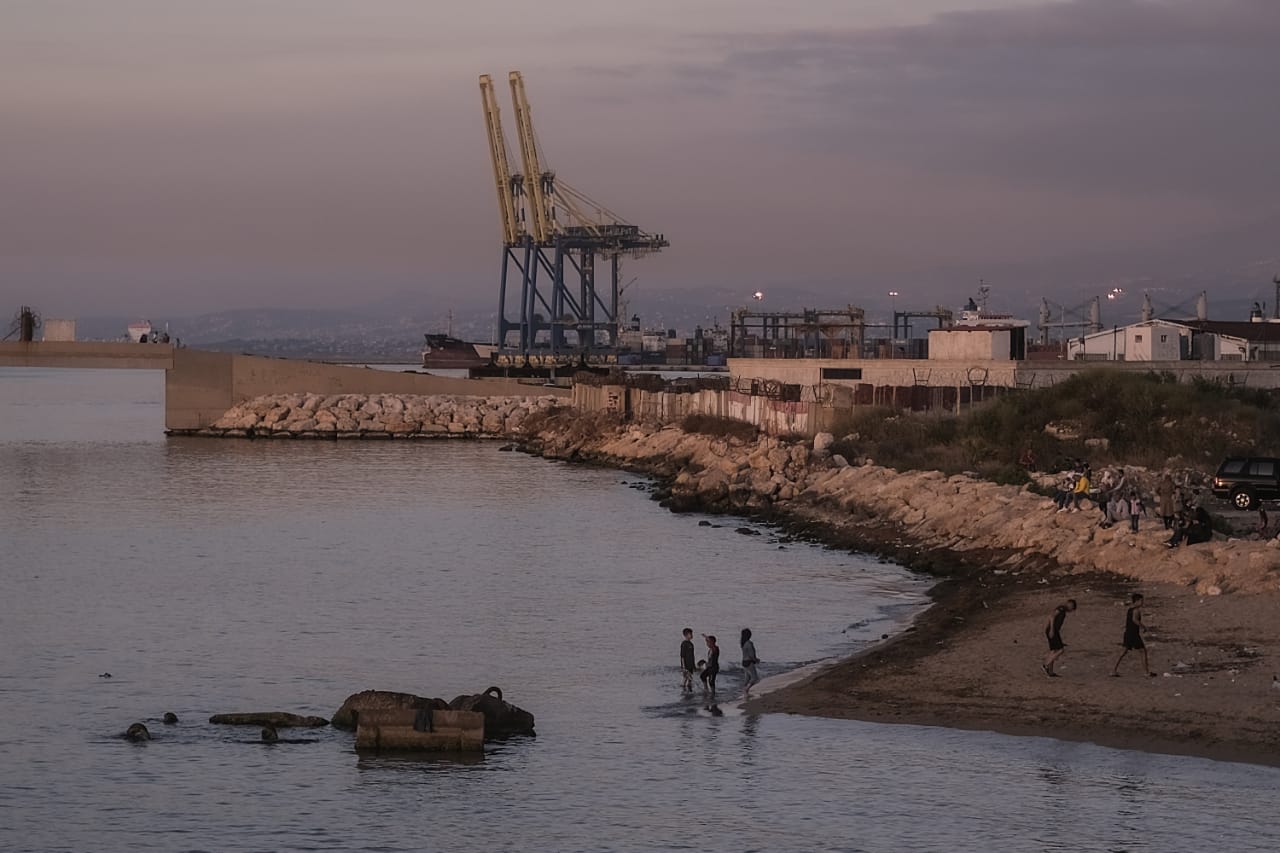 beaches to be cautious of include: Saida, Sarafand, Ghaziyeh, and Khaldeh in southern Lebanon, as well as Minieh and Qlayaat in northern Lebanon. (Credit: João Sousa/L'Orient Today)
beaches to be cautious of include: Saida, Sarafand, Ghaziyeh, and Khaldeh in southern Lebanon, as well as Minieh and Qlayaat in northern Lebanon. (Credit: João Sousa/L'Orient Today)
Local fish stocks safe for consumption
The CNRS also examined heavy metal concentrations of lead and mercury in sediments and fish stocks in Lebanese waters. They found low levels that are considered acceptable by the European Union.
The study found that local fish stocks and shellfish in Lebanese waters are low in heavy metals and safe for consumption, similar to previous years’ reports.
Marine litter surveys
This year, the CNRS also conducted marine litter surveys and spotted alarming amounts of garbage along three beaches, especially in terms of plastic content.
“A survey of 100 meters of a public beach conducted during the spring harvested more than 23,000 pieces [of solid garbage] weighing 54 kilograms, including 31 kilograms of plastic,” said Tamara El Zein, the director of the CNRS, in a Thursday briefing about the findings.
The beaches surveyed for litter include: Jbeil (Bahsa beach), Ramlet al-Baida and Saida’s public beach.
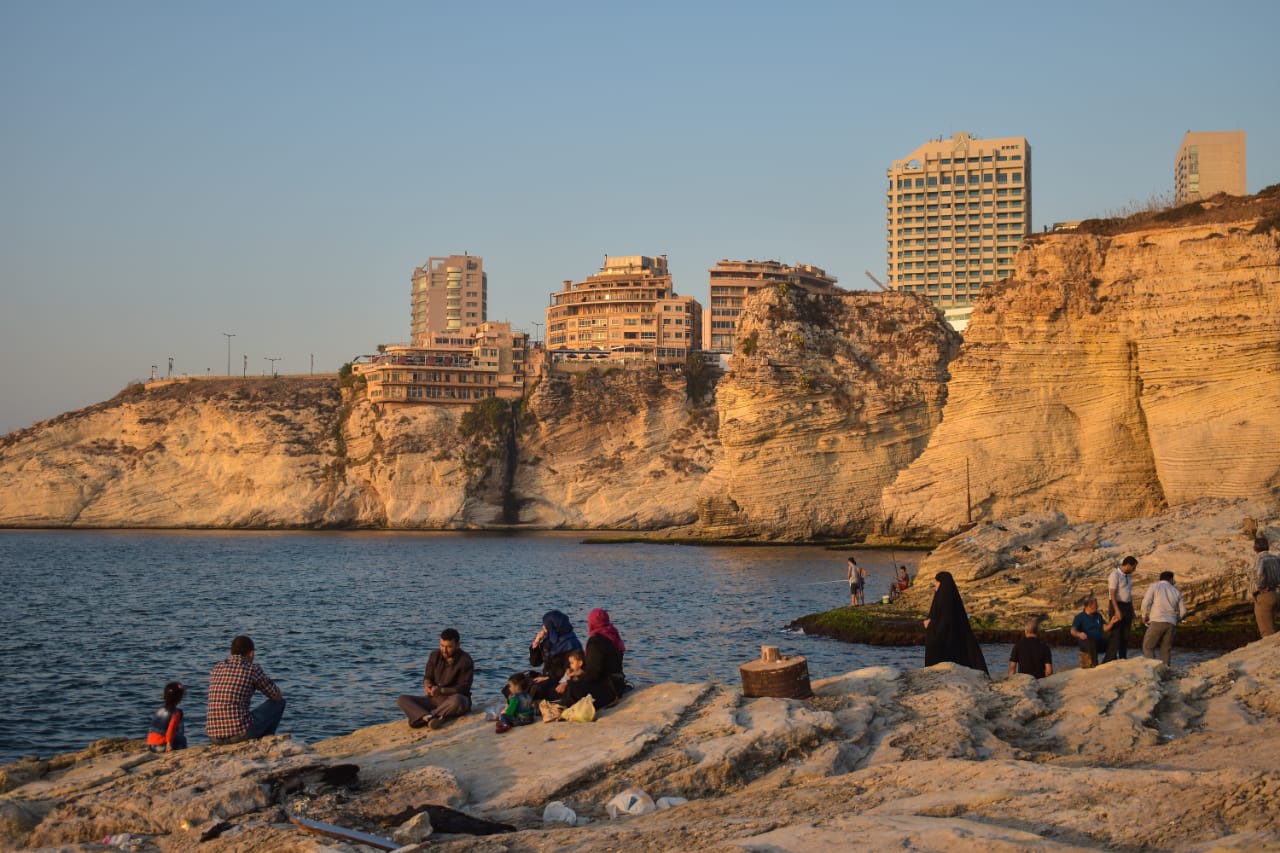 No beaches in Beirut were deemed safe for swimming this year. (Credit: João Sousa/L'Orient Today)
No beaches in Beirut were deemed safe for swimming this year. (Credit: João Sousa/L'Orient Today)
“We found extreme quantities of solid waste, mainly made of plastic, including in areas deemed safe for swimming,” added Miled Fakhry, the director of the National Center for Marine Sciences. “This waste is mainly human [generated] and does not come from the sea.”
“It is unfortunate that the waste scattered on the beaches is also directly linked to the individual and collective behavior of those who go to the beaches,” Zein noted.
“Environmental issues in general, and littering specifically, require efforts from citizens, civil society, municipalities, ministries, and scientists so that we can reach radical and sustainable solutions.”